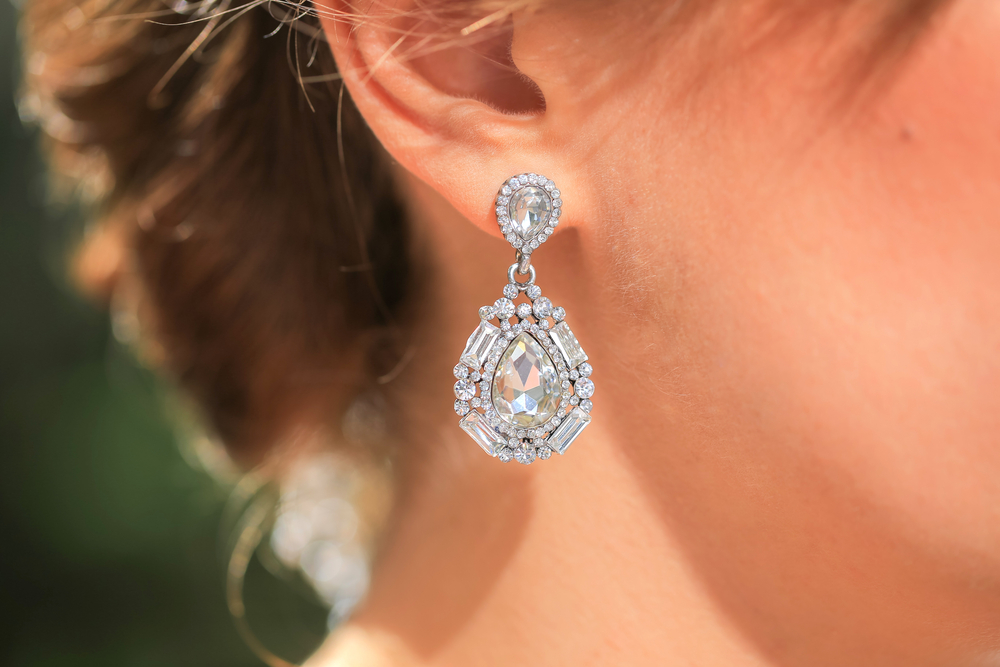
With concerns about the environmental impact and ethical issues associated with diamond mining, the development of artificial diamonds is a promising solution. In this essay, we will explore the environmental and ethical aspects of artificial diamonds and why they are gaining traction in the jewelry industry.
This controlled environment reduces the environmental impact by avoiding destructive mining practices. Traditional diamond mining often involves the removal of large quantities of earth, causing habitat destruction and soil erosion. Furthermore, artificial diamonds are typically produced in countries with stringent environmental regulations. When opposed to mining, the manufacture of lab-grown diamonds uses less water and energy, making them a more environmentally responsible option. Additionally, it reduces the carbon impact associated with shipping diamonds that have been mined from distant regions to markets. As the world shifts its focus toward sustainability and environmental consciousness, the environmental benefits of artificial diamonds make them an attractive choice for environmentally conscious consumers.
From an ethical perspective, artificial diamonds alleviate concerns related to the diamond industry’s “blood diamonds” or “conflict diamonds.” These terms apply to diamonds that are extracted from conflict areas and traded to fund armed conflict against governments. Customers can be sure that their purchase is not supporting such immoral actions by selecting synthetic diamonds. The traceability of lab-grown diamonds ensures they are free from these conflicts, providing a peace of mind that their beauty does not come at the cost of human suffering. The emergence of artificial diamonds has also disrupted the traditional diamond industry by providing a more cost-effective option. This affordability allows a wider range of consumers to enjoy the beauty and symbolism of diamond jewelry, particularly engagement rings and wedding bands. With artificial diamonds, couples can express their love and commitment through a beautiful and meaningful symbol without straining their budgets, enabling them to allocate resources to other important life milestones.
Artificial diamonds provide a practical option for the jewelry industry’s future. The lower environmental impact, ethical integrity, and accessibility provided by lab-grown diamonds align with the global trend toward sustainability. As consumers become more conscious of the impact of their purchases, the rise of artificial diamonds presents a compelling option that allows us to enjoy the beauty of diamonds with a clear conscience. Artificial diamonds will probably be crucial in converting the business into one that is more ethical and sustainable as technology develops.
